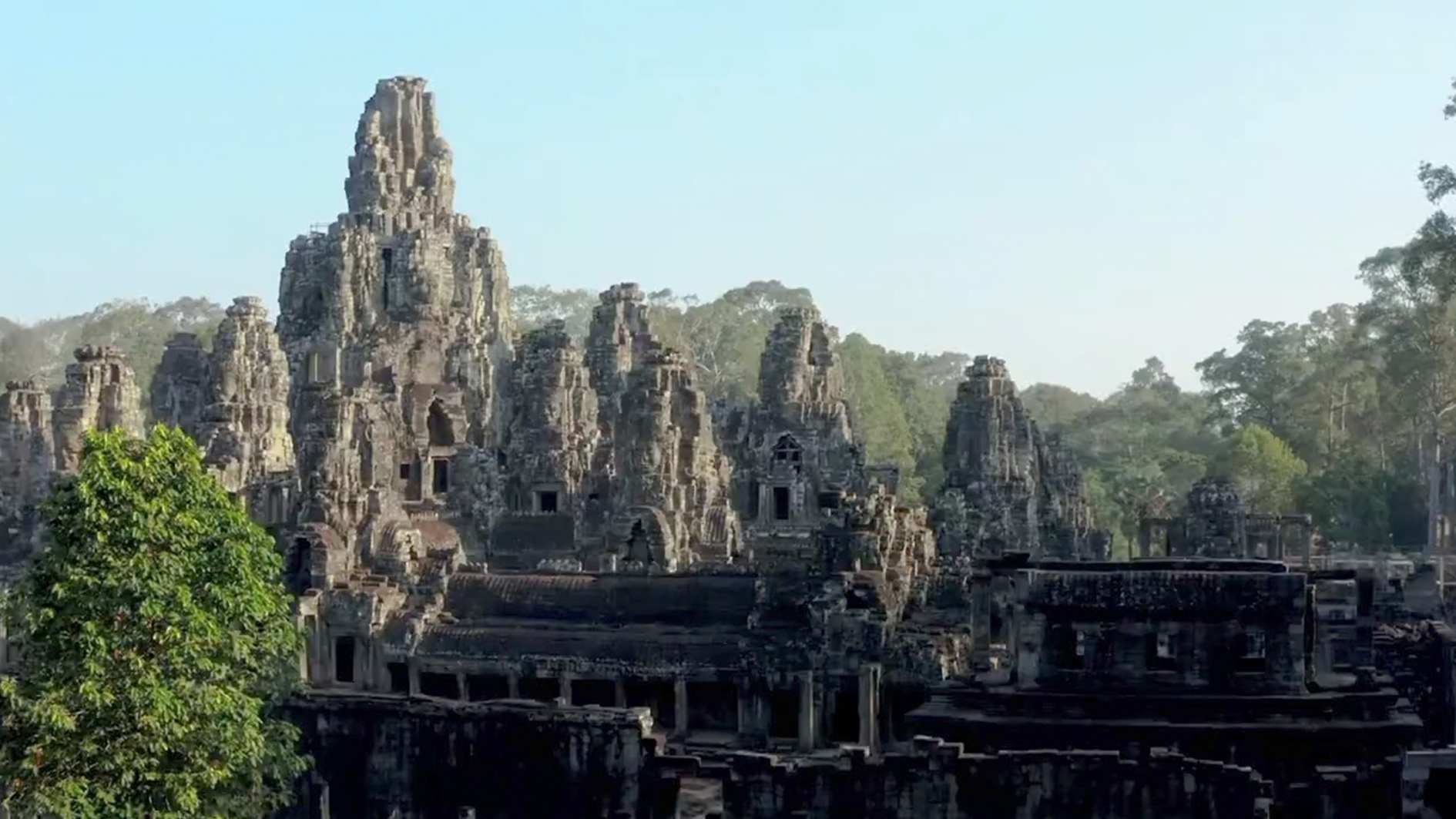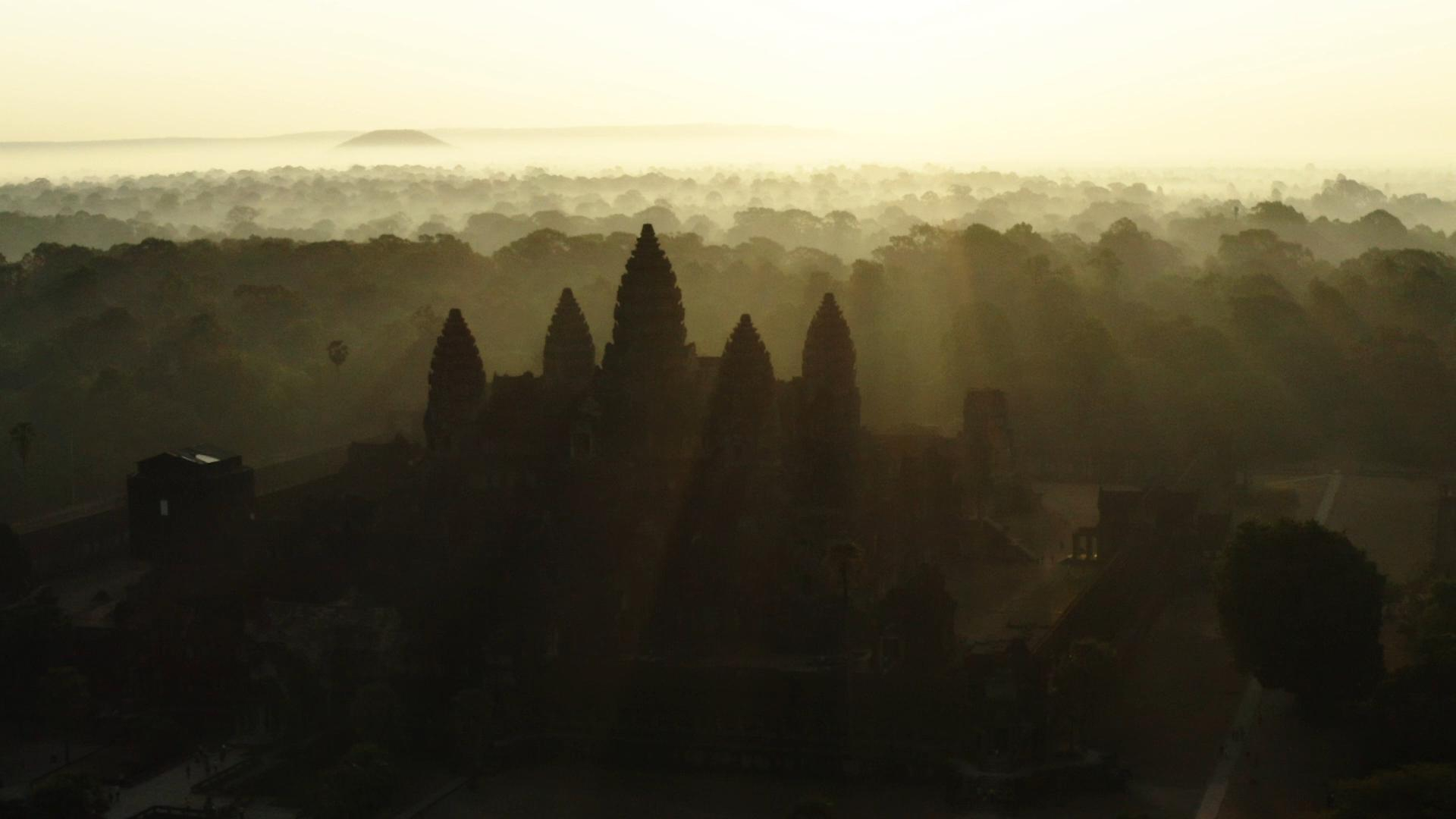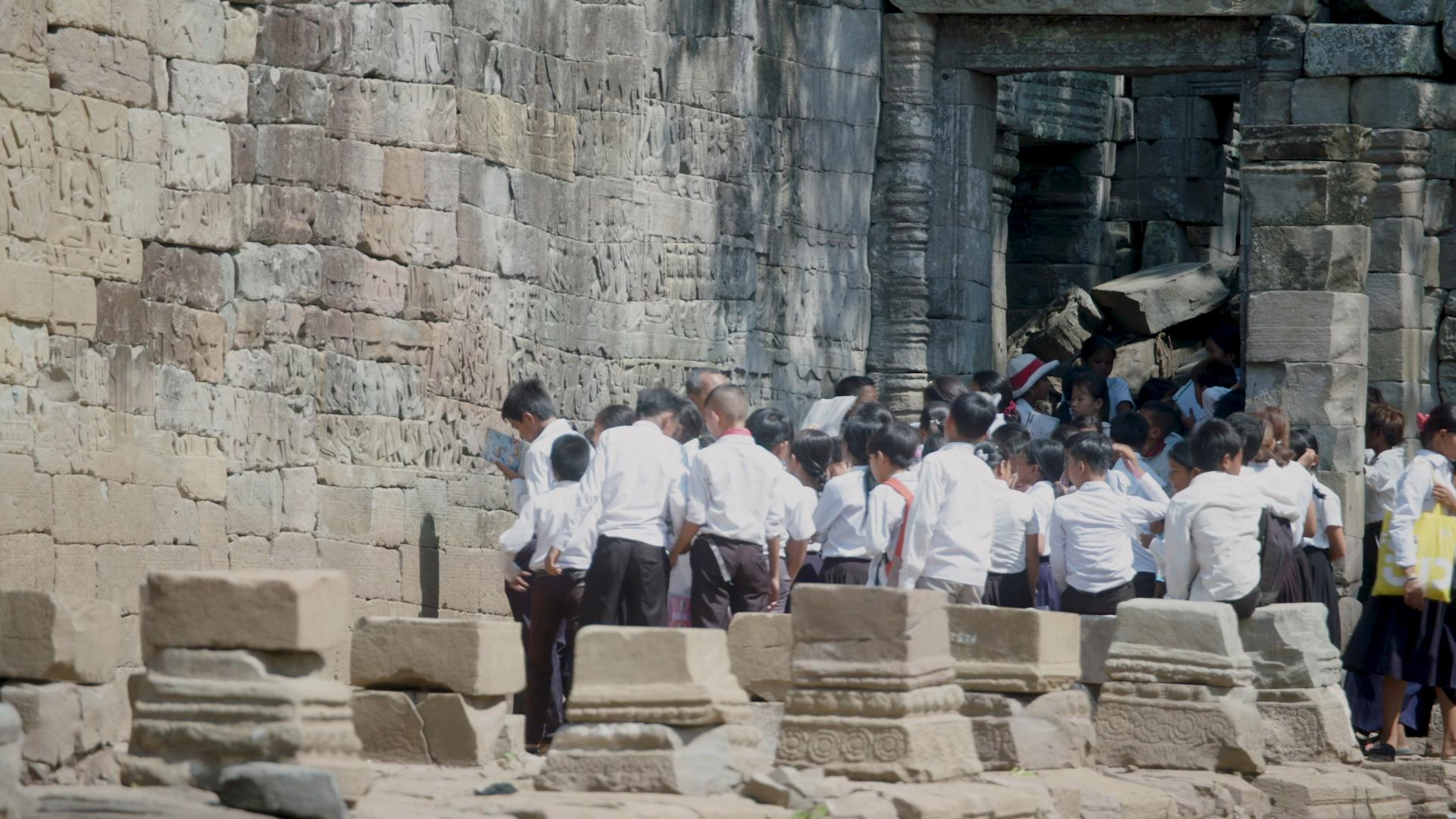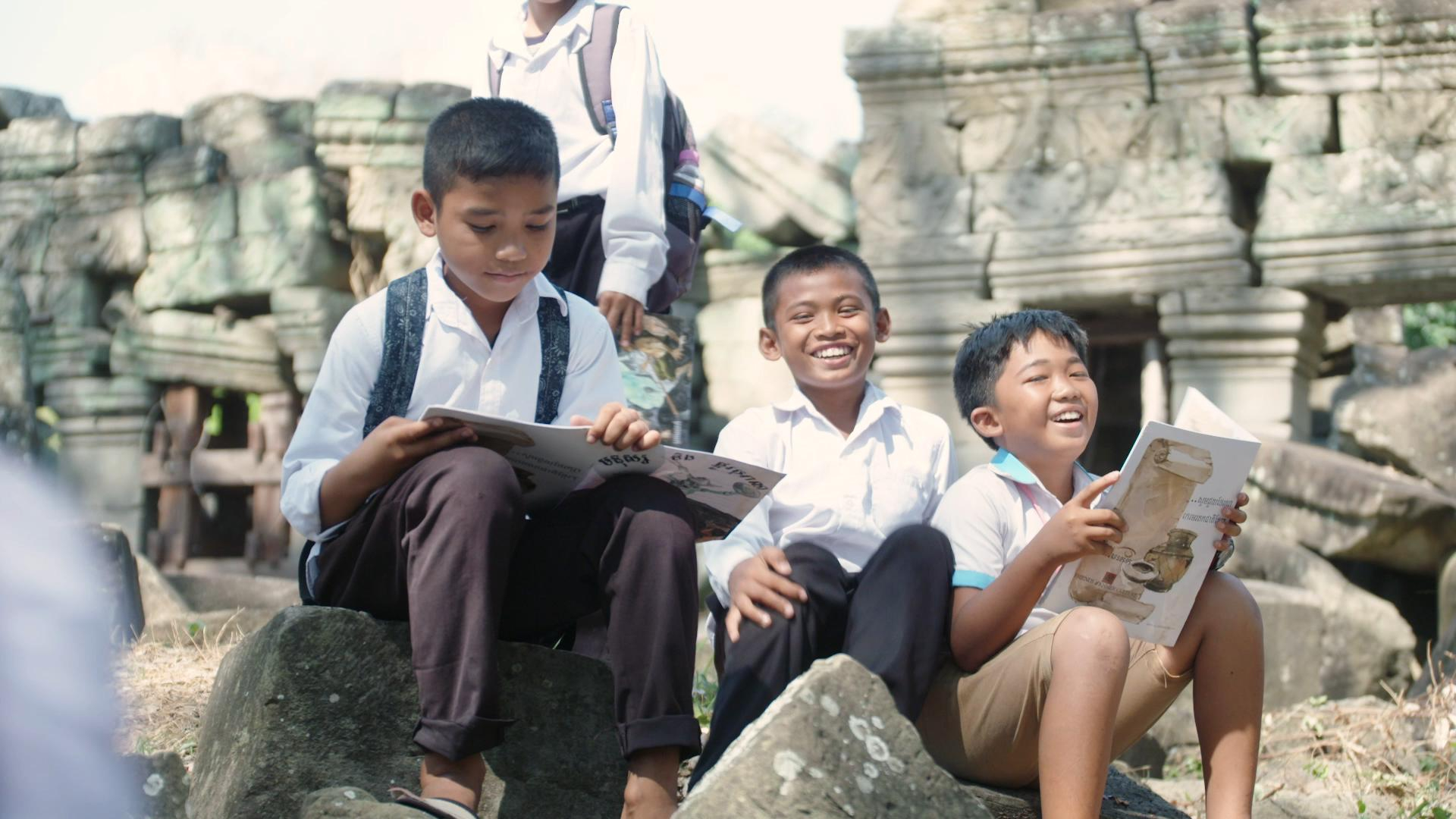
Travel
19:02, 21-May-2019
Angkor appreciated by Gen-Z Cambodians
Updated
09:27, 22-May-2019
CGTN
03:38

The atrocities of the Khmer Rouge and the civil war in Cambodia have skewed the country's demographics. Nowadays, one in three Cambodians is between the age of 15 and 29, according to the United Nations Population Fund, and there is a youthful, energetic drive behind the developments being made in the country.
At the crossroads between past and future sits the country's national treasure and cultural heritage, the ancient temple complex of Angkor.
Angkor Wat, together with the surrounding temples, acts as an important reminder of the Angkor Empire. Established in the 8th Century, at its heyday, Angkor was the largest pre-industrial city on the planet, populated by around 1 million people. The site is also hailed as one of the seven new wonders of the world.

The ancient temple complex of Angkor in Cambodia. /CGTN Photo
The ancient temple complex of Angkor in Cambodia. /CGTN Photo
A great segment of Cambodia's GDP centers around tourism which, along with garment exports, drives Cambodia's economy. The country has sustained an average growth rate of 7.7 percent since 1995, making it one of the fastest-growing economies in the world, according to the World Bank. Last year, 2.6 million international tourists visited Angkor Archaeological Park, generating more than 100 million U.S. dollars in revenue, according to park authorities.
"For many years now, Cambodia has noticed a significant number of visitors to the country, but also to Angkor. I think one of the main reasons of that is the peace and stability that the country has been witnessing and which, I think, is the base of any destination," said Sok Sangvar, deputy director general of the Apsara Authority, the management authority tasked with protecting the park.
As tourist numbers to Angkor increase, however, many are worried about the long-term damage this could do to the ancient temple site and cultural relics.

Heritage Watch, a Cambodian NGO, is teaching local school children about the issues of environmental degradation and heritage destruction. /CGTN Photo
Heritage Watch, a Cambodian NGO, is teaching local school children about the issues of environmental degradation and heritage destruction. /CGTN Photo
"I think we have to be honest here and understand the nature of tourism, right? Anywhere around the world, tourism brings positive and negative impacts on the site, on the city, on the society, on the economy, on the infrastructure, on the culture, on the many aspects of that. Of course, we do not neglect the negative aspect," said Sok.
One way of protecting and preserving this national treasure for future generations is by educating young children about the importance of their cultural heritage.
Heritage Watch, a Cambodian NGO, has been going to local schools around the country to teach children about the issues of environmental degradation and heritage destruction. The organizers want to make sure that Cambodia's Generation Z cares about the cultural legacy being left to them.

Young Cambodians are being taught how to protect and preserve their country's national treasures. /CGTN Photo
Young Cambodians are being taught how to protect and preserve their country's national treasures. /CGTN Photo
"We want to have the people living with the culture to know about their culture," said Un Moninita, director of Heritage Watch. "If they love their own culture, they will grow up to be experts in their own culture."
Students in primary and secondary schools around the country are now getting out of the classroom to visit these ancient temple complexes and hopefully learn to love them.
"This temple is our ancestor's legacy. This is very important for me, and I can learn about the history of the temple," said 13-year-old Ang Tola.
Entrusting the new generation with the cultural heritage of the past is one way to ensure that the country's national treasures and cultural heritage will survive into the future.

SITEMAP
Copyright © 2018 CGTN. Beijing ICP prepared NO.16065310-3
Copyright © 2018 CGTN. Beijing ICP prepared NO.16065310-3